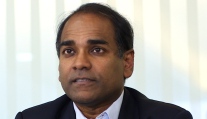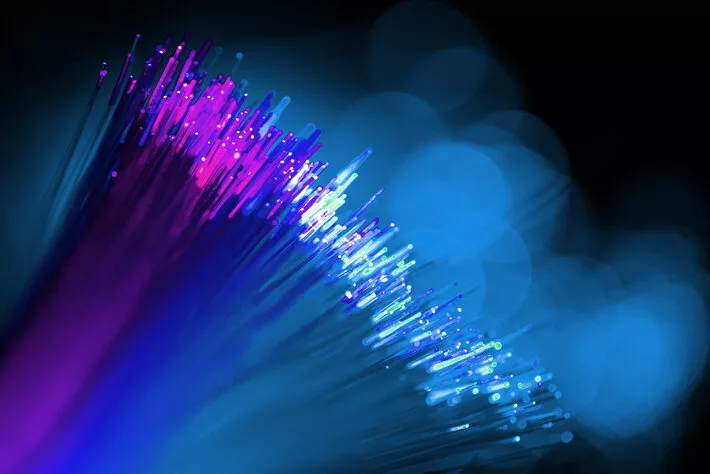Businesses can use predictive analytics to derive value from the vast amounts of data generated every day. Here, Murali Nadarajah of Xchanging examines three practical applications of the practice.
Predictive analytics is the interrogation of massive amounts of data from multiple sources for the purpose of identifying causal relationships and predicting future outcomes.
The potential businesses now have to gain from predictive analytics has grown thanks to the evolution of tools and methodologies for the practice, and the continuing increase in data volume and variety, says Murali Nadarajah of Xchanging
Every day, human beings create 2.5 quintillion bytes of data, according to IBM. It comes from an array of sources as diverse as environmental sensors, social media, smartphones, digital images and videos, records of transactions and so on.
For any data to be useful it has to be accessed, collected, stored and analysed. Valuable insights can now be gained by businesses deploying innovative analytics and using them to predict outcomes. Three such applications are:
1. Tonal analysis – Historically, customer satisfaction of call centres has been measured using metrics like average handling time, call abandonment rate and customer surveys. With big data, the tone of a customer’s voice over the course of a call can be assessed and an outcome derived – that they called in angry and left happy, or started neutral and left angry for example. Combining tonal analysis with existing customer care reports can deliver a much higher level of precision than that derived from traditional reporting.
Where tonal analysis becomes predictive is when it’s used by industries like debt recovery. Debt collectors can call an individual, tell them how much they owe, ask a few questions and then, based on the individual’s tone during the call, predict the likelihood of recovering that debt. This allows the debt collector to focus their efforts on cases with a predictive successful outcome.
2. Churn analysis – By tracking the behaviour of past customers, analysing that data and applying that analysis to the current customer base, a company can determine which of its current customers are likely to leave – to ‘churn.’ That insight can then be provided to the appropriate department to take action and retain the customer.
3. Video analysis – Previously thought to be too unstructured for software to intelligently analyse, video data is now being used to make predictions.
Take the security system in a large office building as an example. Multiple cameras cover the interior and exterior of the building, and usually only a guard or two is tasked with the monitoring of screens. In reality, there are too many screens for any one person to accurately keep track of – but not for video analytics software.
The software will continuously go through the video feed, looking for suspicious behaviour and making judgements on the likelihood of people committing crimes or causing disturbances. One parameter it looks at is the background of the video. Smart thieves, if they know there is a CCTV camera in place, will turn the camera before committing their planned crime. By monitoring the background image, the video analytics software can notify the security team when a camera has been moved – in real-time – dispatching a security guard to the spot as quickly as possible.
Tonal, churn and video analysis are just three of the ways predictive analytics is being used in business today, and based on these things alone; it’s evident how powerful this type of technology can be. Big data is already beginning to impact all of our lives – from the smallest tasks we do to the biggest decisions we make – and its impact will continue to grow.
The author is Murali Nadarajah, global head of data and analytics, Xchanging.







